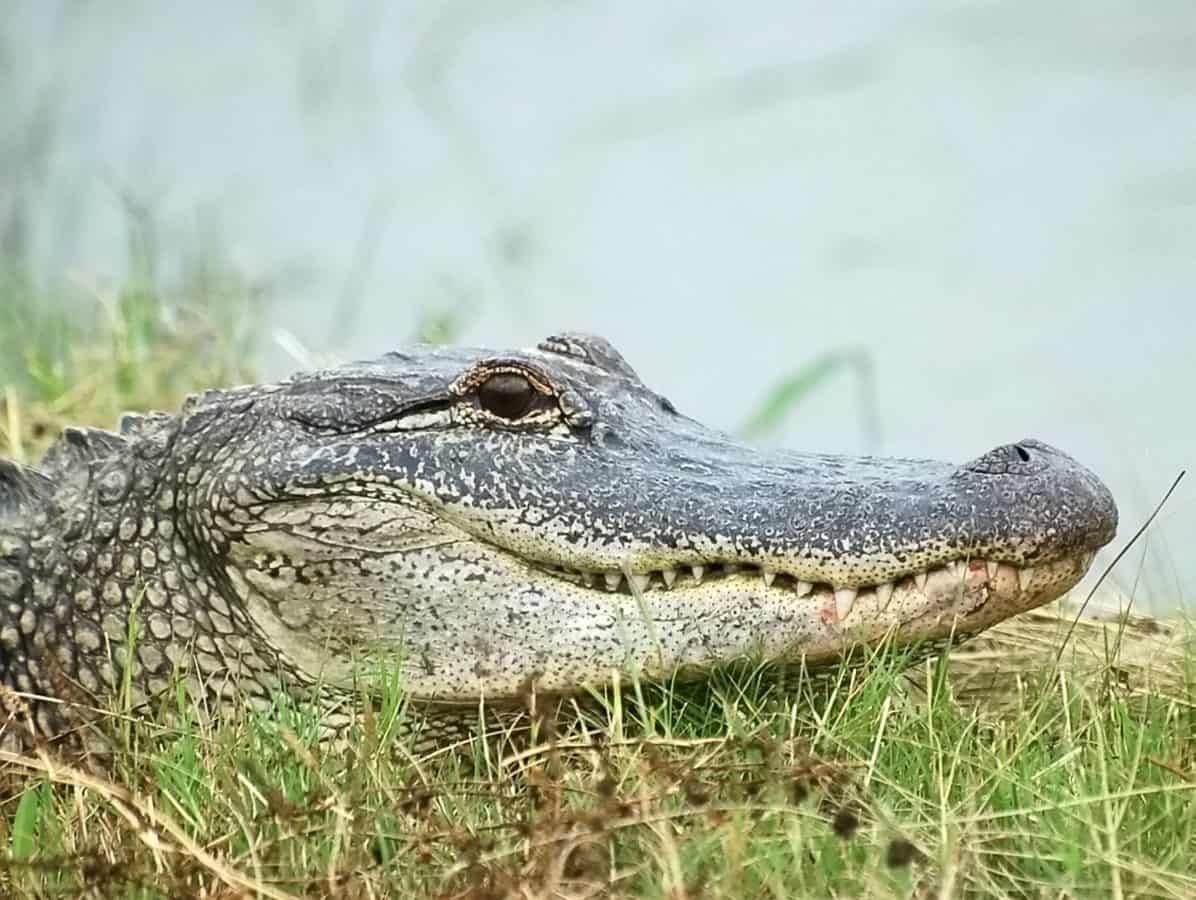
Dinosaurs could hear as well as birds – making them even better hunters than previously believed, according to new research.
They processed sound in the same way as alligators – their closest living relative.
It’s also the same technique owls and other birds use – adding to evidence our garden visitors are actually ‘living dinosaurs.’
An owls’ sense of hearing is so sharp it can hear a mouse moving around under a covering of snow.
So T-rex and other meat eaters could identify the location of prey with their ears – as well as their eyes.
Smaller dinosaurs would also have benefited by being better able to escape predators.
The study of American alligators found they build neural maps of sound in the same way birds do.
This suggests the hearing strategy existed in their common ancestor – the dinosaurs, say scientists.
Animal brains analyse the minute difference in time it takes a sound to reach each ear to work out where it comes from.
The technique is known as ‘interaural time difference’. What happens to the cue once the signals get to the brain depends on what kind of creature is doing the hearing.
Birds are exceptionally good at creating these neural maps to chart the location of sounds.
The strategy differs in mammals. But little was known about how alligators process interaural time difference.
The study, published in the Journal of Neuroscience, showed the reptiles form neural maps in the same way.
Most research into how animals analyse interaural time difference has focused on physical features such as skull size and shape.
Co lead author Professor Catherine Carr and colleagues believed it was important to look at evolutionary relationships.
Birds have very small head sizes compared with alligators but the two groups share a common ancestor – the archosaur.
It’s a reptile that includes the dinosaurs and pterosaurs and is represented today only by the crocodiles.
Archosaurs began to emerge around 246 million years ago and split into two lineages – one leading to alligators and the other dinosaurs.
Although most dinosaurs died out after an asteroid smashed into Earth 66 million years ago some survived to evolve into modern birds.
The latest findings indicate the hearing strategy birds and alligators share may have less to do with head size and more to do with common ancestry.
Prof Carr, of Maryland University in the United States, said: “Our research strongly suggests this particular hearing strategy first evolved in their common ancestor.
“The other option – that they independently evolved the same complex strategy – seems very unlikely.”
To study how alligators identify where sound comes from the researchers anaesthetised 40 alligators and fitted them with earphones.
They played tones for the sleepy reptiles and measured the response of a structure in their brain stems called the nucleus laminaris.
This structure is the seat of auditory signal processing. The results showed alligators create neural maps very similar to those previously measured in barn owls and chickens.
The same maps have not been recorded in the equivalent structure in mammal brains.
Prof Carr said: “We know so little about dinosaurs. Comparative studies such as this one, which identify common traits extending back through evolutionary time add to our understanding of their biology.”